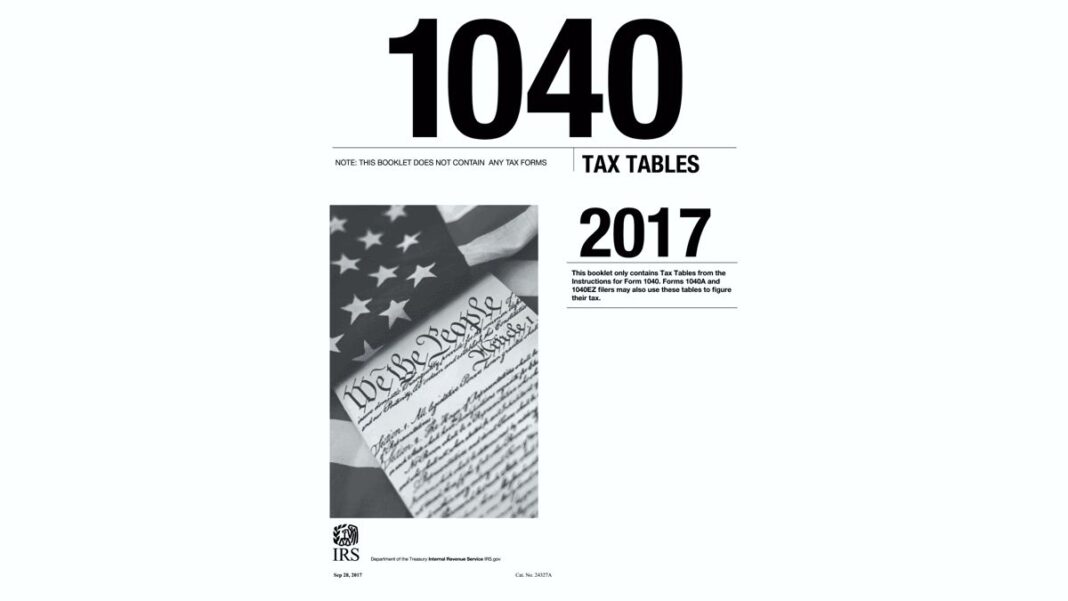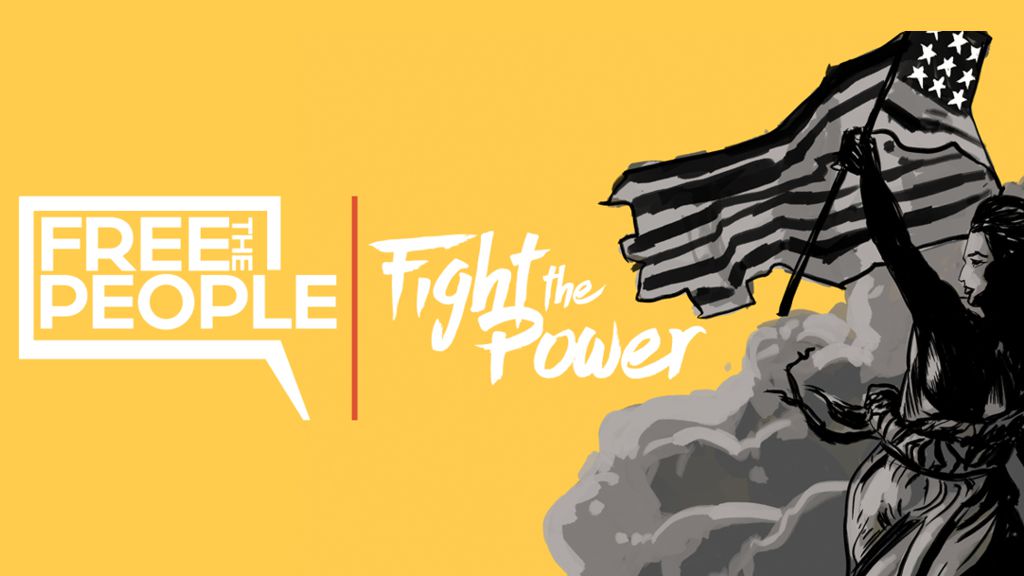
One of the least discussed parts of America’s income tax is how progressive it is, and the tax overhaul didn’t change that fact. In 2018, top earners will pay a higher share of income taxes.
The individual income tax matters—a lot—because it is the largest single source of U.S. revenue. And its share has risen in recent years. For 2018, it could raise 50% of total federal revenue, according to estimates from Congress’s Joint Committee on Taxation, up from about 48% last year.
So who pays what share of this tax?
IRS data aren’t available until long after people file, so estimates for 2017 and 2018 come from the Tax Policy Center, a nonpartisan research group.
They divided about 175 million American households into five income tiers of roughly 65 million people each. The income includes earnings from wages and investments plus untaxed amounts, such as from health coverage. These additions nearly double the income of people in the lowest tier and add about 20% for those in the highest tier.
The results show how steeply progressive the U.S. income tax remains. For 2018, households in the top 20% will have income of about $150,000 or more and 52% of total income, about the same as in 2017. But they will pay about 87% of income taxes, up from about 84% last year.
By contrast, the lower 60% of households, who have income up to about $86,000, receive about 27% of income. As a group, this tier will pay no net federal income tax in 2018 vs. 2% of it last year.






